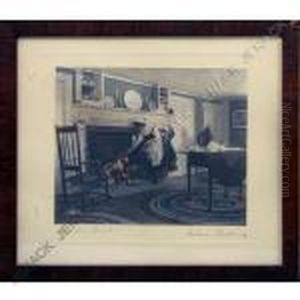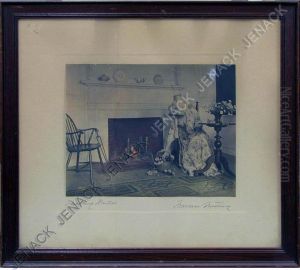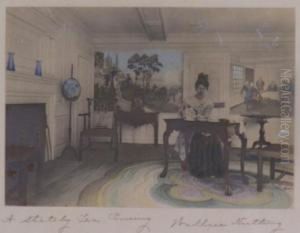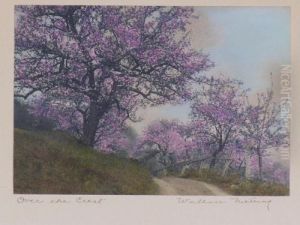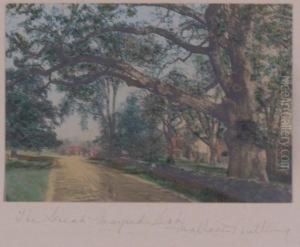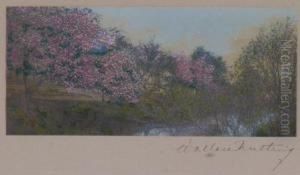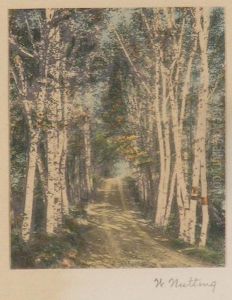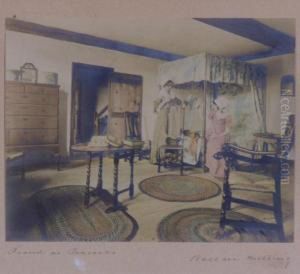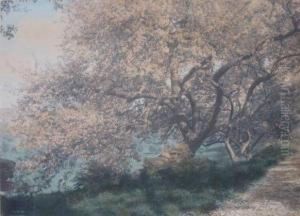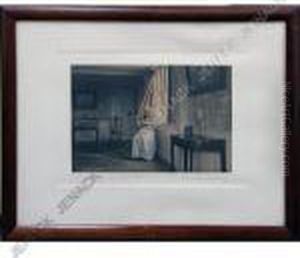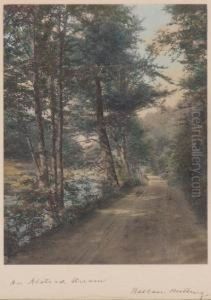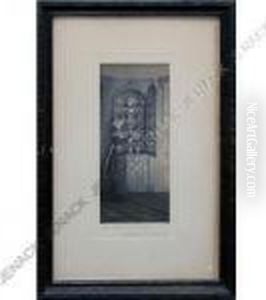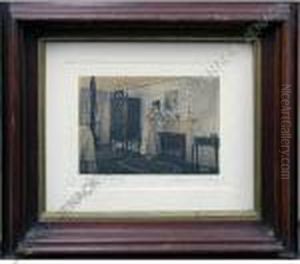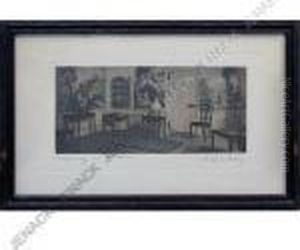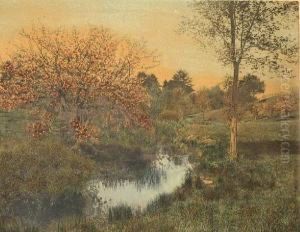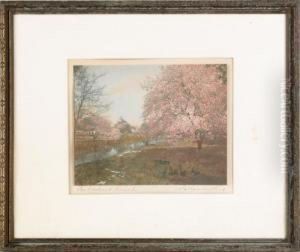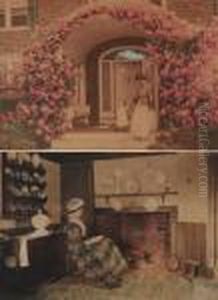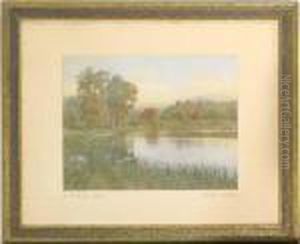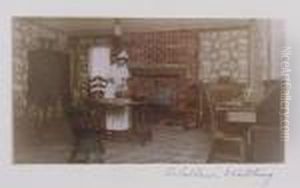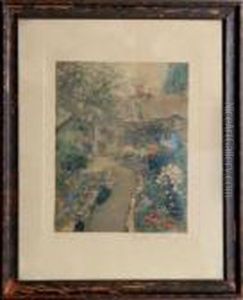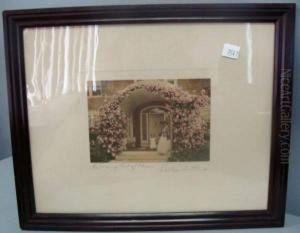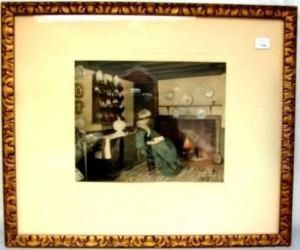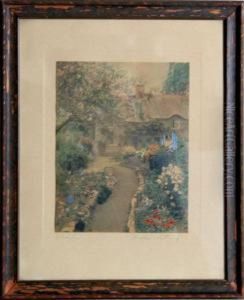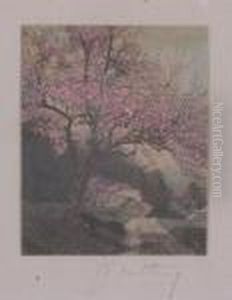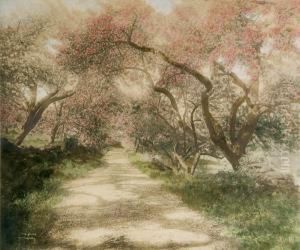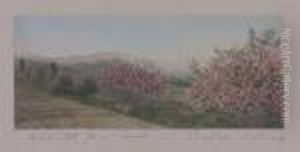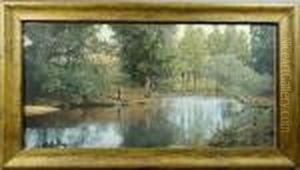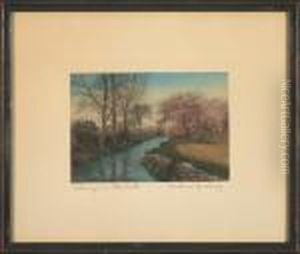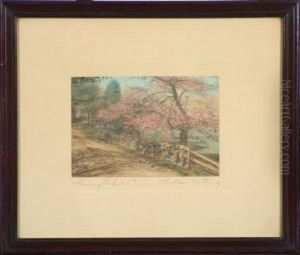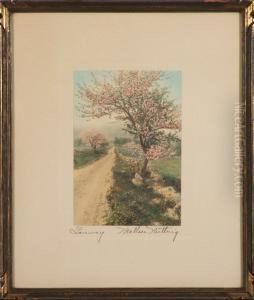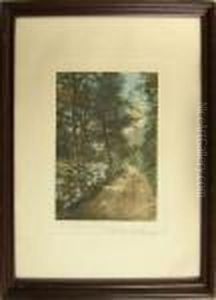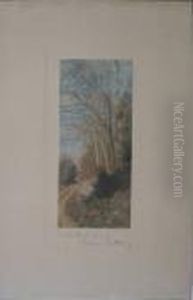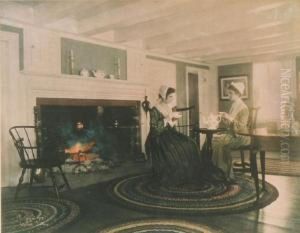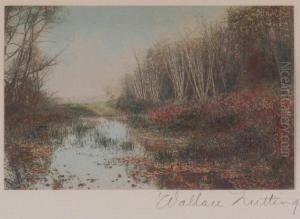Wallace Nutting Paintings
Wallace Nutting was an American photographer, antiquarian, author, and furniture maker known for his pioneering work in the field of colonial revival furnishings and for his hand-colored photographs that captured the beauty of the American countryside. Born in Rockbottom, Massachusetts, on November 17, 1861, Nutting was initially a clergyman before he turned to photography and the study of American antiques.
After graduating from Harvard University in 1887 and completing his theological studies, he served as a Congregational minister. However, due to ill health, he was forced to leave his ministry in 1904 and began to pursue photography as a means to improve his condition through outdoor activity. Nutting's photographs often featured picturesque landscapes, colonial architecture, and scenes of everyday life in the early 20th century. His hand-colored photographs became immensely popular, and he employed a large number of colorists, mostly women, to hand-tint his black-and-white photographs.
In addition to his photography, Nutting was a prolific writer and an authority on American furniture of the 17th and 18th centuries. He collected early American antiques and later began reproducing colonial furniture, which was sold through his company, Wallace Nutting, Inc. His reproductions were so accurate and well-crafted that they became collectibles in their own right.
Nutting's publications include a series of books on American antiques, such as 'Furniture of the Pilgrim Century' and 'Furniture Treasury,' which remain valuable resources for collectors and historians. He also wrote travel books that encouraged Americans to appreciate the beauty and heritage of their country.
Wallace Nutting's impact on American visual culture and the colonial revival movement was significant. Through his photographs, writings, and furniture, he contributed to a renewed interest in America's colonial past and played a key role in preserving its legacy. He passed away on July 19, 1941, in Framingham, Massachusetts, leaving behind a rich body of work that continues to be admired and studied.
